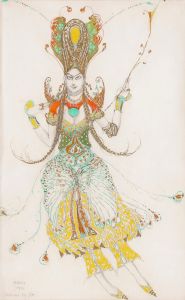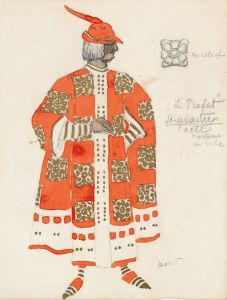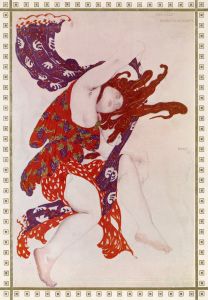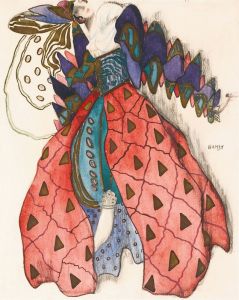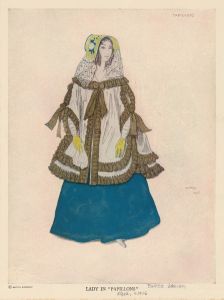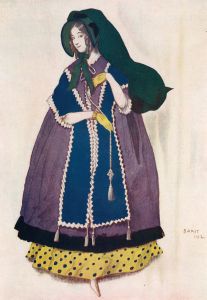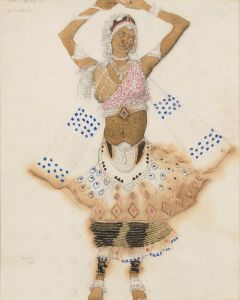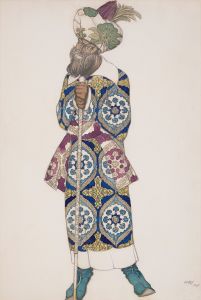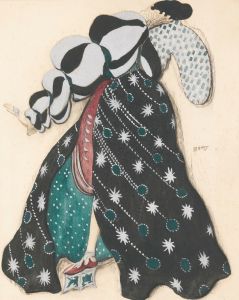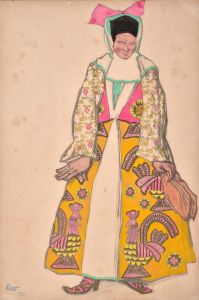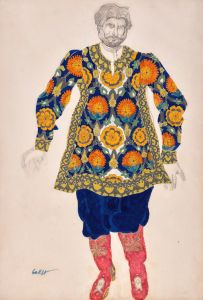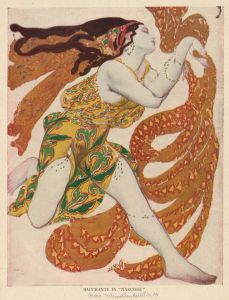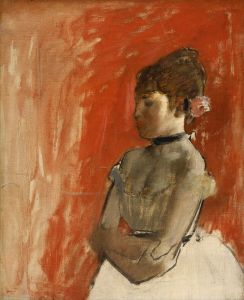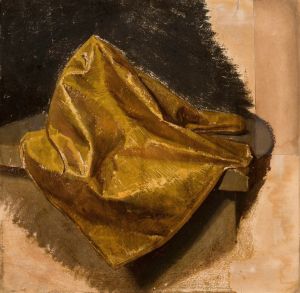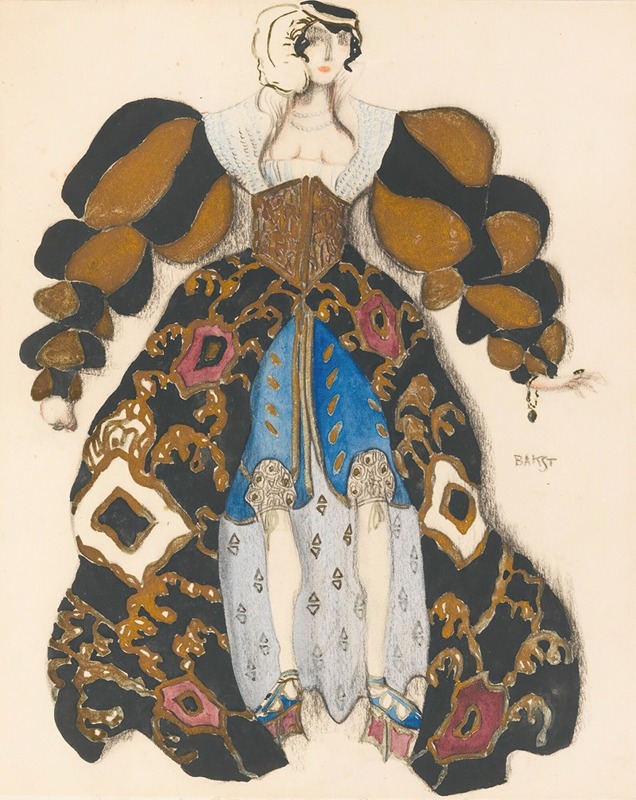
Costume Design For Potiphar’s Wife In The Legend Of Joseph
A hand-painted replica of Léon Bakst’s masterpiece Costume Design For Potiphar’s Wife In The Legend Of Joseph, meticulously crafted by professional artists to capture the true essence of the original. Each piece is created with museum-quality canvas and rare mineral pigments, carefully painted by experienced artists with delicate brushstrokes and rich, layered colors to perfectly recreate the texture of the original artwork. Unlike machine-printed reproductions, this hand-painted version brings the painting to life, infused with the artist’s emotions and skill in every stroke. Whether for personal collection or home decoration, it instantly elevates the artistic atmosphere of any space.
Léon Bakst's Costume Design for Potiphar’s Wife in The Legend of Joseph is a notable example of the artist's work in theatrical design. Created in 1914, this watercolor and gouache illustration was part of Bakst's contributions to the ballet The Legend of Joseph (La Légende de Joseph), a production by Sergei Diaghilev's Ballets Russes. The ballet, with music composed by Richard Strauss and a libretto by Hugo von Hofmannsthal and Harry Graf Kessler, premiered on May 14, 1914, at the Paris Opéra.
Bakst, a Russian painter and stage designer, was renowned for his vibrant and imaginative costume and set designs, which played a significant role in the success of the Ballets Russes. His work for The Legend of Joseph exemplifies his ability to merge historical and exotic influences with a modernist aesthetic. The costume design for Potiphar’s Wife reflects the opulence and sensuality associated with the character, who plays a central role in the biblical story of Joseph. In the ballet, Potiphar’s Wife attempts to seduce Joseph, leading to dramatic consequences.
The design showcases Bakst's signature use of bold colors, intricate patterns, and luxurious details, which were intended to evoke the exoticism and decadence of the setting. The costume is characterized by its rich ornamentation, flowing fabrics, and a sense of theatricality that enhances the character's allure and dramatic presence on stage. Bakst's designs were not only visually striking but also carefully crafted to allow for the movement and expression required by the dancers.
The Legend of Joseph was one of the last major productions by the Ballets Russes before the outbreak of World War I, which disrupted the company's activities. Bakst's contributions to the production, including his designs for Potiphar’s Wife, are considered significant examples of his work and remain influential in the history of theatrical design.
The original costume design for Potiphar’s Wife is now housed in various collections and has been exhibited in museums and galleries, reflecting its enduring artistic and historical value. Bakst's work continues to be celebrated for its innovative approach to stage design and its impact on the visual and performing arts of the early 20th century.





